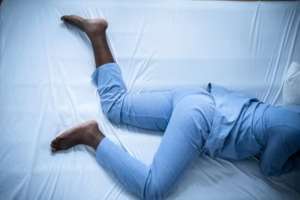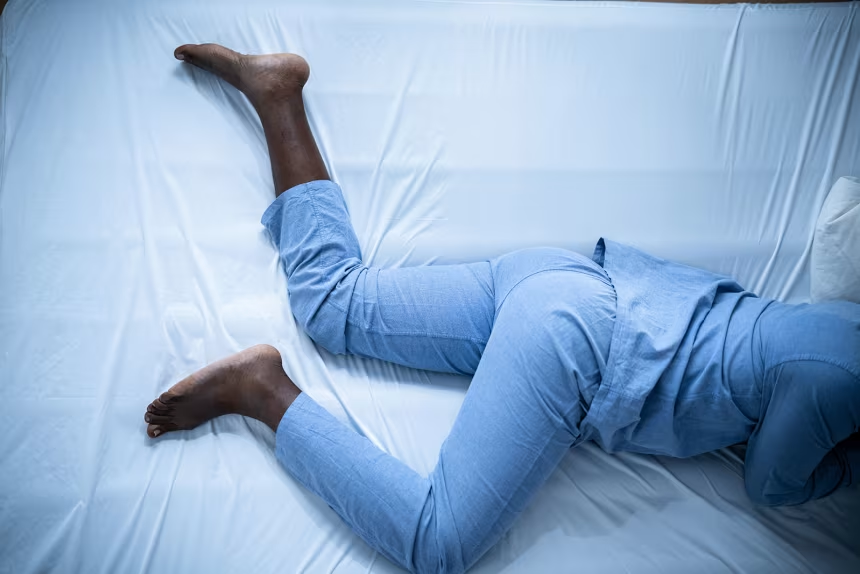Karla Dzienkowski’s daughter was 11 when she started coming into her mom’s room at night saying she couldn’t fall asleep because of a stabbing feeling in her legs. She had to walk to make it stop.
The preteen became cranky and tired. Her grades started to slip, and she even fell asleep on a bench during a family trip to an amusement park, Dzienkowski said.
It took three years, but Dzienkowski’s family finally got an explanation for the girl’s condition: restless legs syndrome.
One study estimates 4% to 29% of adults in Western industrialized countries have restless legs syndrome. It is a condition that too few people can recognize in themselves, and many doctors don’t know how to manage properly, said Dzienkowski, a nurse who is executive director of the Restless Legs Syndrome Foundation.
Here is what experts want you to know about restless legs syndrome.
What is restless legs syndrome?
“Restless legs syndrome is a neurological disorder that is characterized by a need to move that is oftentimes associated with an uncomfortable feeling,” said Dr. John Winkelman, chief of the sleep disorders clinical research program at Massachusetts General Hospital and professor of psychiatry at Harvard Medical School.
Restlessness frequently happens when people with the condition are sitting or lying down, and it is relieved with movement, Winkelman said.
Symptoms are more likely to occur when a person is at rest, most often at night, and because the syndrome interferes with sleep, it is classified as a sleep disorder, Winkelman said.
In moderate to severe cases, people experience restless legs syndrome several times a week, and in the most extreme cases, symptoms can delay sleep for several hours, said Dr. Brian Koo, associate professor of neurology at Yale School of Medicine and director of the Yale Center for Restless Legs Syndrome.
Who gets it?
Two strong components play a role in who gets restless legs syndrome: genetics and iron levels.
Restless legs syndrome often runs in families, and genetic markers make up about 20% of the prediction of who will get it, Winkelman said.

Leave a Reply